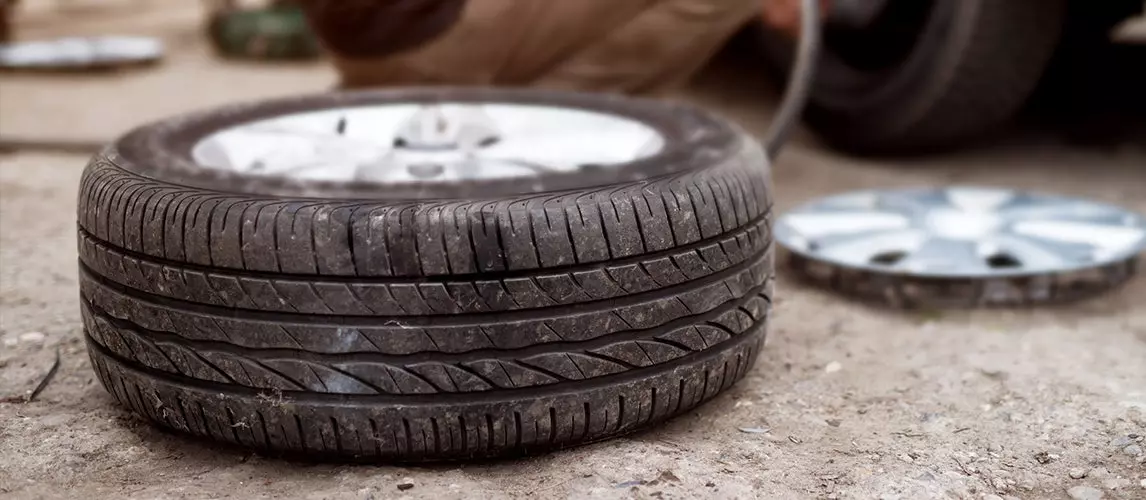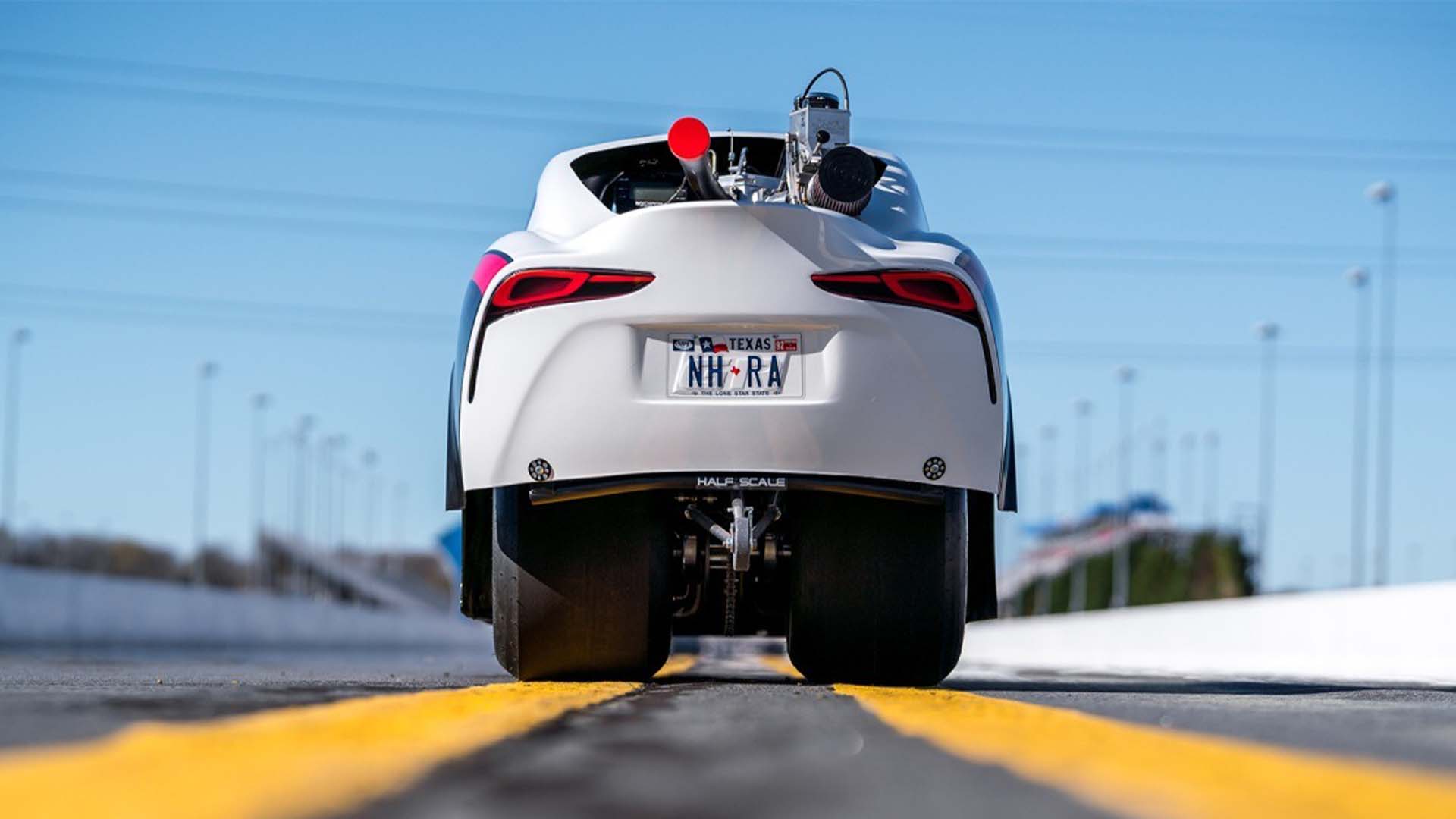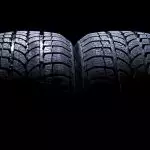It may not be the most widely known term, but Tire Cupping is a phrase that every vehicle owner should come to know. Learning to spot the symptoms of this problem can help you to recognize – and repair – more serious underlying issues in the maintenance of your vehicle.
In this article we’re going to take a good look at Tire Cupping. The symptoms, the underlying causes and how to prevent it too. So read on for your exclusive, 101 guide to Tire Cupping!
But first, we better tackle:
What is Tire Cupping?
As we mentioned up top, tire cupping may not be a term that many people are aware of. Luckily, it is a pretty straightforward thing – at least in terms of the most visible symptoms this issue will present with.
Tire cupping is basically uneven wear on your tires. More specifically, this uneven wear will come in patches, usually around 3 to 4 inches across. As you look at your tire then, you will see there are patches with normal wear – i.e. with plenty of tread left – with evenly placed patches of much deeper wear running the length of the tire surface.
That is the important distinction that makes tire cupping different from other types of uneven tire wear. If your tires are showing signs of uneven wear as we described above – in patches – then it is likely that you have indeed got some tire cupping going on!
There are though a whole range of symptoms that can be present with tire cupping, in fact many will be evident before you can see the physical symptoms appear on your tires.
In the next section, we are going to look at some of the symptoms of tire cupping.
Symptoms & Causes of Tire Cupping
Tire Damage
It should be no surprise that the main symptom of tire cupping is… tire damage!
Specifically, it is the kind of damage we talked about above, where you will see patches of over worn tire surrounded by normal tire. This is however the very final stage of tire cupping, and frankly we would rather help you to identify the issue before it gets that far.
So, if you suspect a tire cupping issue, we would very much recommend running your hand over the surface of the tire. Long before the damage progresses to the point that you can actually see it, you will be able to feel it first.
If you run your hand over the tire surface, if you feel small dips in the tire then that is the early stages of tire cupping occurring. If you feel this, we would suggest bringing the vehicle to a garage for a further inspection.
If you would like to repair it yourself, if the only symptom you have so far is physical damage we would suggest starting by inspecting your suspension and struts.
Vibration
If you notice vibration or wobbling when you are driving, that is a definite symptom of vehicle tire cupping. This can, by the way, be most easily spotted when you drive over an obstruction in the road, for example a speed bump or other traffic calming measures.
This symptom is connected very much to the one above. It is where the surface of the tire is wearing unevenly, meaning that it has different contact points with the road surface as you are driving on it. This in turn makes the vehicle feel like it is wobbling or vibrating.
You are, by the way, perhaps more likely to notice this as the first symptom of tire cupping. So if you notice vibration or wobbling, we would suggest you move back to the symptom above and visually and physically inspect your vehicle tires.
Vehicle Lean
Another symptom that will only present itself when you are driving. If you are turning the car and find that you seem to have to overcorrect a little more than you used too, then the vehicle is leaning.
This means that the tires need balancing. If you don’t, then the lean will place extra pressure on parts of the tire, leading to cupping damage.
Vehicle Lean – Part 2
Another way that you can test for vehicle lean is by driving your vehicle into an empty parking lot or a long, empty stretch of road. Get up to 20 or 30 MPH, then simply let the vehicle drift along, with no control input from your via the steering wheel (that’s a fancy way of saying let go of the wheel for this experiment!)
If the vehicle begins to naturally drift to one side, this is another big symptom that you have unbalanced tires. Again, as we mentioned above, unbalanced tires are a big cause of tire cupping.
If you notice leaning then, either during turns or by performing our little experiment above, we would strongly advise getting your tires balanced – or doing it yourself if you have the equipment at home.
We would also say that it would be a good idea to inspect your tires too. Car lean, via unbalanced tires, is one of the bigger causes of cupping, so check your tires – and replace them – if the lean has caused cupping.
Preventing Tire Cupping
There we are then, those are the main symptoms and causes of tire cupping. But here at CarAutance we are a proactive crowd, and we would rather give you a few tips to keep tire cupping away in the first place rather than responding to and fixing a problem.
For one thing, an ongoing program of maintenance will be cheaper than having to make multiple repairs, as well as helping to keep your safer.
Luckily, there are a number of very simple maintenance tips that we would recommend you follow, such as:
Tire Balancing
Yes, we talked about this above as a way to fix vehicle lean. However, by working tire balancing into your ongoing vehicle maintenance, you can protect your tires early instead of trying to correct damage.
It will depend on both your vehicle and tire manufacturer, but the general rule of thumb is to look to balance your tires every 3,000 to 6,000 miles. If you are doing it toward the early range of that mileage, well done you. The longer you leave it, the more balancing will be required (and the more damage can be caused to the tires).
Tire Rotation
We all know that we should rotate our tires, but hands up – who actually does it? We’ll admit, even in the CarAutance offices the numbers of hands up in the air was pretty slim.
But, do as we say instead of what we do, is the advice when it comes to tire rotation. Again, it will depend on the manufacturer of your tires, but a general rule is to look to rotate tires every 4,000 to 8,000 miles.
This will help to promote even tire wear, prolonging the tire lifespan and helping prevent tire cupping.
Wheel Alignment
If you can do it yourself at home, great stuff. If not, this may be something that you bring your vehicle to a garage or pro shop for. Either way, poorly aligned tires are really going to promote tire cupping.
So, quite simply, if you want to protect your tires from cupping, make sure that they are aligned properly!
Pressure Check
Finally, and this is certainly a job that you can do at home, is to check the tire pressure. Look on the tire sidewall or look up the tires online to check out the recommended pressure. One you know it, stick to it and that can help to prevent uneven wear and tire cupping.
Related Posts: Best Tire Pressure Monitoring System and Best Tire Pressure Gauges
Why Bother?
Last but not least, but we do get asked this quite a both so it makes sense to address it now – why bother keeping on top of any tire cupping issues?
For one thing, cupping in tires makes them unsafe. They will not be able to provide the level of handling that you would expect, making the car respond differently during extreme conditions like emergency braking. Trust us, that is not a time when you want to be worried about your tires!
As cupping damage progresses, your tires will become more likely to suffer a blow out. Again, this is a major safety consideration. At the same time, it’s a huge inconvenience too. You don’t want to be stuck at the roadside trying to replace a blown tire after a hard day at work, right?
You also need to bear in mind that tires that have suffered cupping will need to be replaced much earlier than their natural lifespan would allow. We don’t know about you, but we would rather not have to keep paying extra for tires that we don’t need to.
Keeping any eye out for the symptoms of tire cupping, in addition to following the simple maintenance tips we discussed above, can help to keep your tires healthier and happier for longer. That is good for both your safety and also your bank balance!









